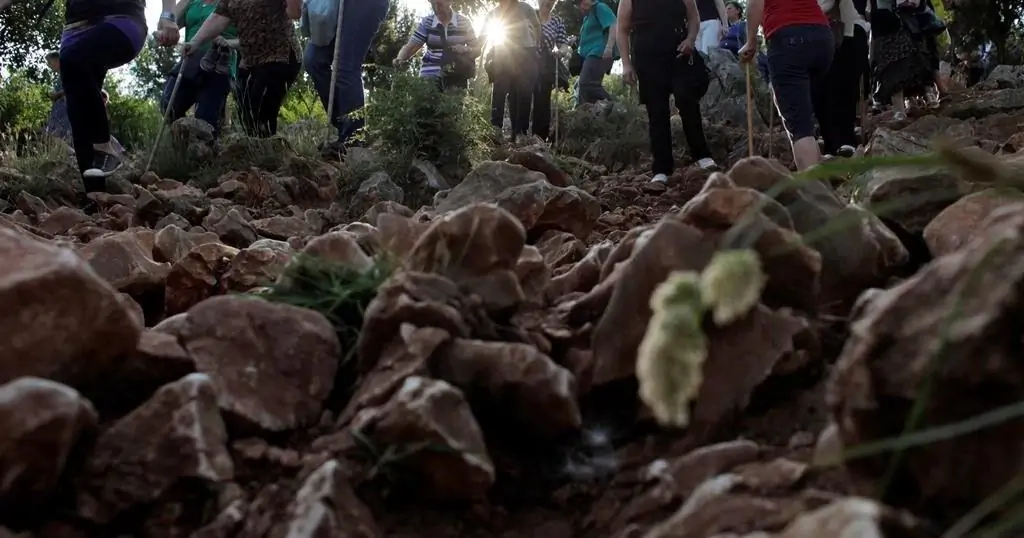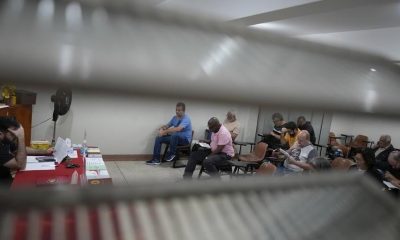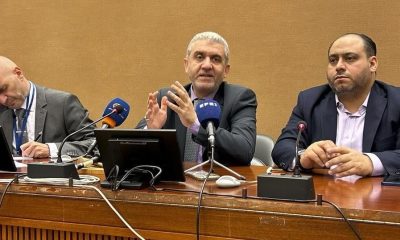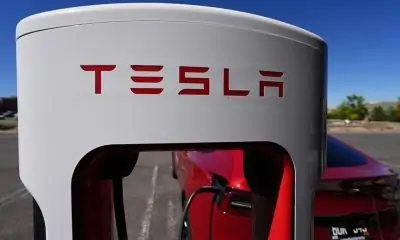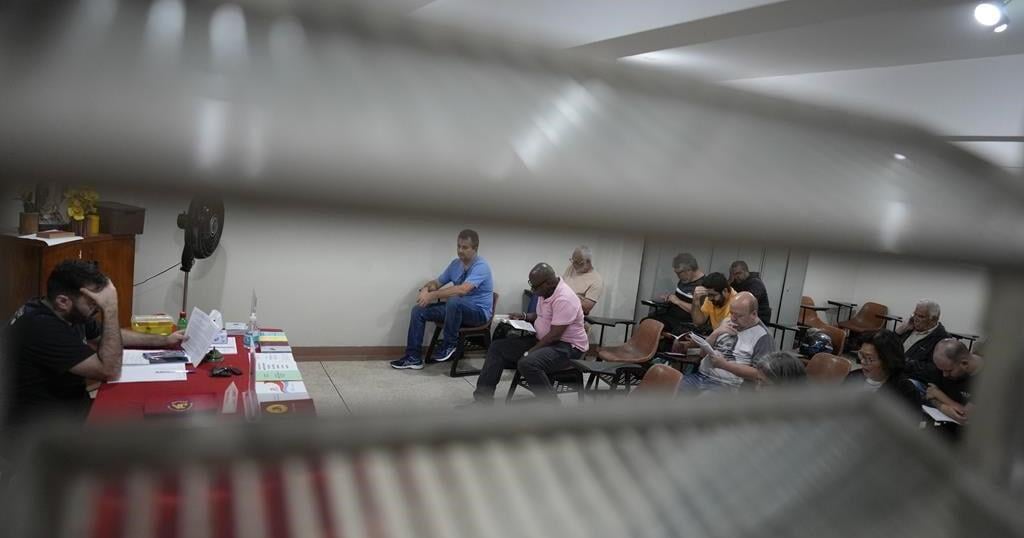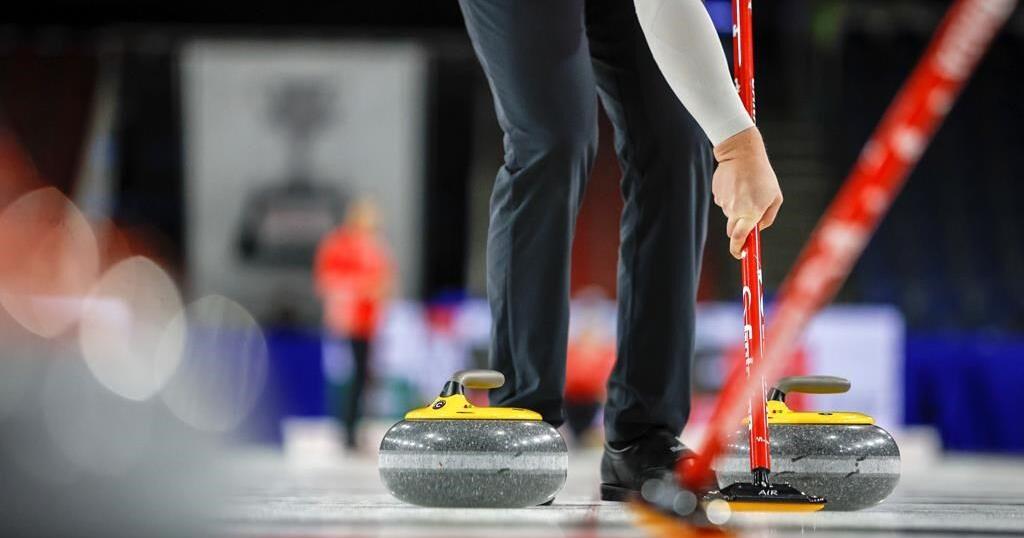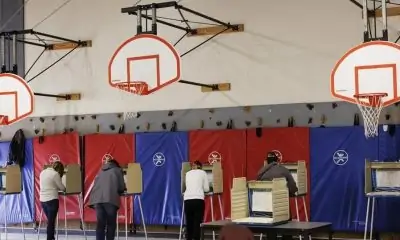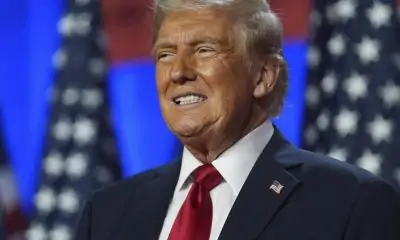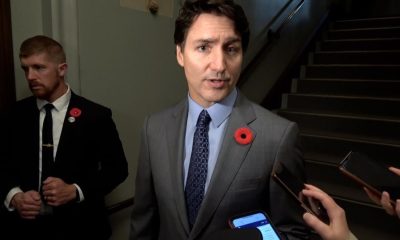VATICAN CITY (AP) — The Vatican on Thursday gave the green light for Catholics to continue flocking to a southern Bosnian village where children reported seeing visions of the Virgin Mary, offering its approval for devotion at one of the most contested sites of Roman Catholic practice in recent years.
In a detailed analysis after nearly 15 years of study, the Vatican’s doctrine office didn’t declare that the reported apparitions in Medjugorje were authentic or of supernatural origin. And it flagged concerns about contradictions in some of the “messages” the alleged visionaries say they have received over the years.
But in line with new Vatican criteria in place this year, the Dicastery for the Doctrine of the Faith ruled that the positive “spiritual fruits” stemming from the Medjugorje experience more than justified allowing the faithful to organize pilgrimages there and permit public acts of devotion.
The decision overrules years of doubts about the veracity of the alleged apparitions by the region’s past diocesan bishops and Vatican experts. And it ignores current concerns about the economic interests that have turned Medjugorje into a thriving destination for religious tourists.
Last year alone, 1.7 million Eucharistic wafers were distributed during Masses there, according to statistics published on the site’s website, a rough estimate of the numbers of Catholics who visited.
But with Pope Francis’ blessing, the doctrine office decided that “the abundant and widespread fruits, which are so beautiful and positive,” justified its decision. It said doing so “highlights that the Holy Spirit is acting fruitfully for the good of the faithful in the midst of this spiritual phenomenon.”
In 1981, six children and teenagers reported seeing visions of the Madonna on a hill in the village of Medjugorje, located in the wine-making region of southern Bosnia. Some of those original “seers” have claimed the visions have occurred regularly since then, even daily, and that Mary sends them messages.
By some counts, the Virgin Mary has appeared to the “seers” more than 40,000 times since 1981.
“It’s my third time here and each time I come I feel like I really want to come back,” said Mia Hash, a pilgrim from Lebanon who was visiting Medjugorje on a rainy Thursday as the Vatican made its announcement. “It’s the most peaceful place on earth, I really love it here.”
However, unlike at the more well-known and established Catholic sanctuaries in Fatima, Portugal or Lourdes, France, the alleged apparitions at Medjugorje were never declared authentic by the Vatican.
And over the years, the area’s local diocesan bishops and some Vatican officials had cast doubt on the reliability and motivations of the “seers.” Two experts tapped by Pope Benedict XVI to study the Medjugorje concluded the Medjugorje phenomenon was “demonic” in origin.
Even Francis in 2017 expressed doubts about the messages, saying “I prefer Our Lady to be a mother, our mother, and not a telegraph operator who sends out a message every day at a certain time,” he said.
Religious tourism has become an important part of the local economy, with an entire industry catering to pilgrims: hotels, private accommodations, family-run farm businesses, even sports complexes and camping sites. Their growth has contributed to the surrounding municipality’s financial well-being after the Bosnian war in the 1990s devastated the economy.
Yet the Vatican expressed no concern about the economic interests behind Medjugorje, and the Holy See’s editorial director, Andrea Tornielli, cited by name one Milan-based religious travel agency, Rusconi Travel, that takes pilgrims there by bus.
Robert Fastiggi, a consultant at the Vatican’s Marian apparitions observatory, praised the time the Vatican took to come to a decision and said he believed the Holy See was likely impressed by “the many signs of authentic Catholic spirituality connected to Medjugorje.”
“I believe the DDF (Vatican dicastery) made its decision in light of the Gospel criterion: ‘By their fruits you will know them,’’’ said Fastiggi, a professor of dogmatic theology at Sacred Heart Major Seminary in Detroit.
In its assessment, the Vatican doctrine office recalled that in May of this year it announced it was no longer in the business of authenticating alleged apparitions and other supposedly supernatural phenomena that have attracted Catholics for centuries, including statues that allegedly weep blood or stigmatas that are said to erupt spontaneously on hands or feet.
The new criteria envisage six main outcomes, with the most favorable being that the church issues a noncommittal doctrinal green light, a so-called “nihil obstat,” which means there is nothing about the event that is contrary to the faith, and therefore Catholics can express devotion to it.
The Vatican on Thursday gave that “nihil obstat” to Medjugorje. The local bishop issued the decree authorizing devotion there, and it is now possible that a sanctuary could be built, said the head of the doctrine office, Cardinal Víctor Manuel Fernández.
At a nearly two-hour news conference at which those present were invited to recite the “Hail Mary” prayer at the end, Fernández revealed that St. John Paul II was a firm believer in Medjugorje and had wanted to visit but was waved off by the local bishop.
The decision doesn’t require the faithful to believe in the Medjugorje phenomenon, but allows them to.
In its analysis, the Vatican listed what it called the many spiritual benefits that have been associated with pilgrimages to the site, including people deciding that they want to become priests or nuns, couples reconciling after troubles in marriage, healings after prayer and new works of charity caring for orphans and drug addicts.
It listed no example of any negative experiences associated with Medjugorje. Nor did it mention that the priest most closely associated with Medjugorje and the six “visionaries” was defrocked by the Vatican in 2009 for, among other things, spreading false doctrine.
The Vatican did seem to want to distance the place from the people who received the alleged apparitions, stressing that these benefits haven’t occurred as a result of meetings with them but rather “in the context of pilgrimages to the places associated with the original events.”
Fernández said there was no prohibition on contact with the “seers,” but that it wasn’t advisable. And in an indication that the jury is still out on them and the entire phenomenon, he reaffirmed that Francis’ personal envoy to Medjugorje would keep watch over the site and evaluate any future messages purportedly received by the “visionaries” before they are published.
“The nihil obstat doesn’t resolve everything for the future,” he said.
In its 17-page document, it used nearly four pages to list concerns about problems in some of the thousands of individual messages the alleged visionaries have received, including cases where the message contradicted aspects of Catholic doctrine.
The decision will surely impact Medjugorje, which lies in the municipality of Citluk, one of the smallest in Bosnia with some 18,000 residents but economically well-off.
“Medjugorje means a lot, all economic sectors lean on Medjugorje,” said Ante Kozina, the tourism association chief. “It is a growth generator for the entire municipality.”
On Thursday, pilgrims in raincoats and umbrellas said they were pleased with the Vatican’s decision.
“I think that is OK so they don’t make hasty decisions,” said Darko Dumic, a pilgrim from the Croatian coastal town of Split. But he expressed hope that there will be an even more positive decision in the future, “an official one for Medjugorje to become a holy place.”
___
Emric contributed from Medjugorje, Bosnia. Gec contributed from Belgrade, Serbia.
___
Associated Press religion coverage receives support through the AP’s collaboration with The Conversation US, with funding from Lilly Endowment Inc. The AP is solely responsible for this content.

